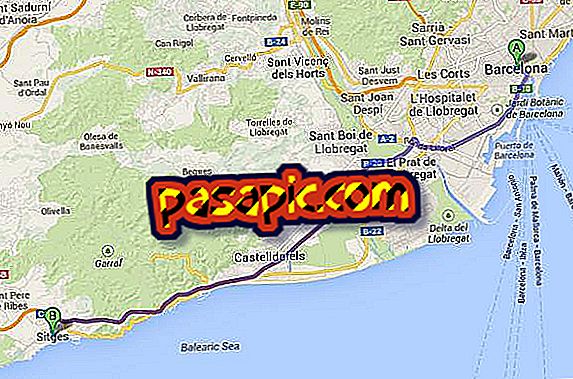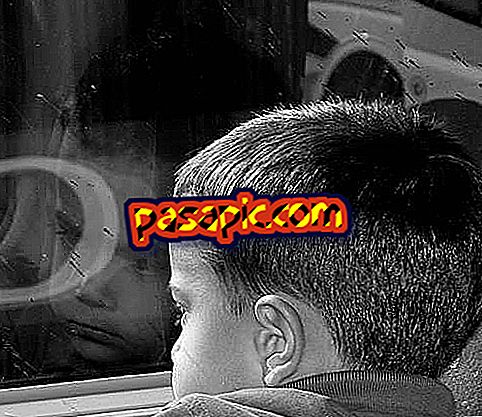How to create a pie chart

Pie charts are used to show the data that is best analyzed by comparing the part to the whole. Therefore, it is best to create fractions before constructing the pie chart. Each fraction of the pie chart represents a sector of the circle. Pie charts can also be referred to as pie charts or graphs.
These graphics, which are also known as pastel graphics, cake or 360-degree graphics, are perfect to illustrate percentages and proportions, so that at a glance you can interpret the correlation between several elements. In general, it is recommended that there be at least 4 elements, but it can be done perfectly with 3 or even 2.
In the following article we will explain in a clear and simple way how to create a pie chart manually, because statistics are not incompatible with clarity and design .
You will need to:- Compass
- Angles conveyor
- Ruler
- Colored pencils
one
Your graph will be useless if the information you provide in it is not clear and precise. That's why before you get to work you'll need to gather all the data you'll need to make the chart and clearly name each of its sections, as well as the title.
Gather all the necessary data and choose the title of the graph as well as the titles of each sector. These must be clear, known and as explanatory as possible. For example, if you want to make a pie chart showing the favorite pets of all members of the class, the graphic could have a title like: Pet preferences in class "x" and each sector would correspond to the titles: dogs, cats, fish, birds, rabbits, et cetera .
two
In order to create the pie chart you will need the relevant statistical graphics. The first step should be to collect all the information you need through field work or any other activity.
Following the example we proposed in the previous section, if you wanted to make a pie chart in which you clearly see the preferences of the members of a class with respect to pets, you should ask one by one what is your pet favorite and write down the results.
If there are 20 members in class, you will need 20 different results that you will have to group in the corresponding sectors:
- 4 dogs
- 6 cats
- 5 fish
- 5 birds
The total must always add the same as the number of participants.
3
Then you must divide the results to know what part of the total (which is 20) corresponds to each of the sectors. This is very easy to do, because you simply have to put on each of the results the total studied:
- 4/20 dogs
- 6/20 cats
- 5/20 fish
- 5/20 birds
4
The next step will be to draw a circle with a compass. Within this circle, which is the basis on which you will create the pie chart, you must draw the sectors that will make it as if they were the pieces of a letter.
Each sector must correspond to each of the units that make up the total, that is, in the proposed example each of the students in the class. If we take into account that a circle has 360 degrees, we must divide 360 by 20 to know the degrees that the interior angle of each sector should have. In this case, the result is 18º, so within the circle we must draw 20 sectors of 18 degrees of angle.
In the following article we explain how to use a compass.

5
To do this you will need a ruler and a protractor. Help yourself with the compass to mark the center and, from there, draw a straight line to one of the edges of the circumference.
Starting from this rule, and placing the protractor on top, mark every 18 degrees a signal that, uniting it with the center of the circle, will make up the 20 sectors.

6
You have almost finished your pie chart. From what you have done you will only need to color with different colors the parts that correspond to each group. With the explanatory example that we have been using, you should fill in 6 of one color-for cats-4 for another -for dogs-, 5 for another -for birds- and 5 more -for fish-.
A tip that we offer you so that you will be much better is that you mark with a pen or pen the lines that separate one sector from the other and erase all the intermediate cells. In this way you will have 4 large uniform sectors and an impeccable final result will remain.
Finally you must make a legend in which you indicate the title of each sector and what color corresponds so that people can interpret your pie chart.


